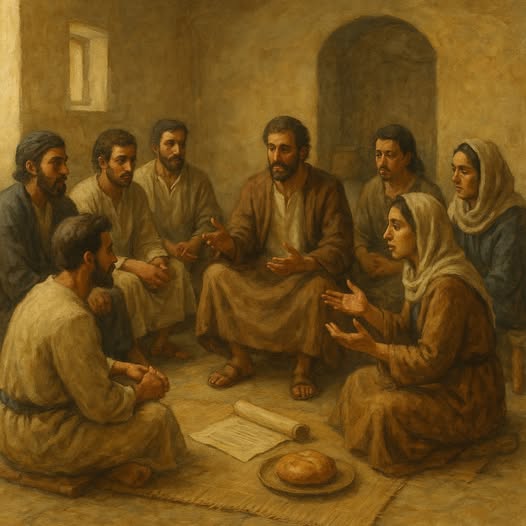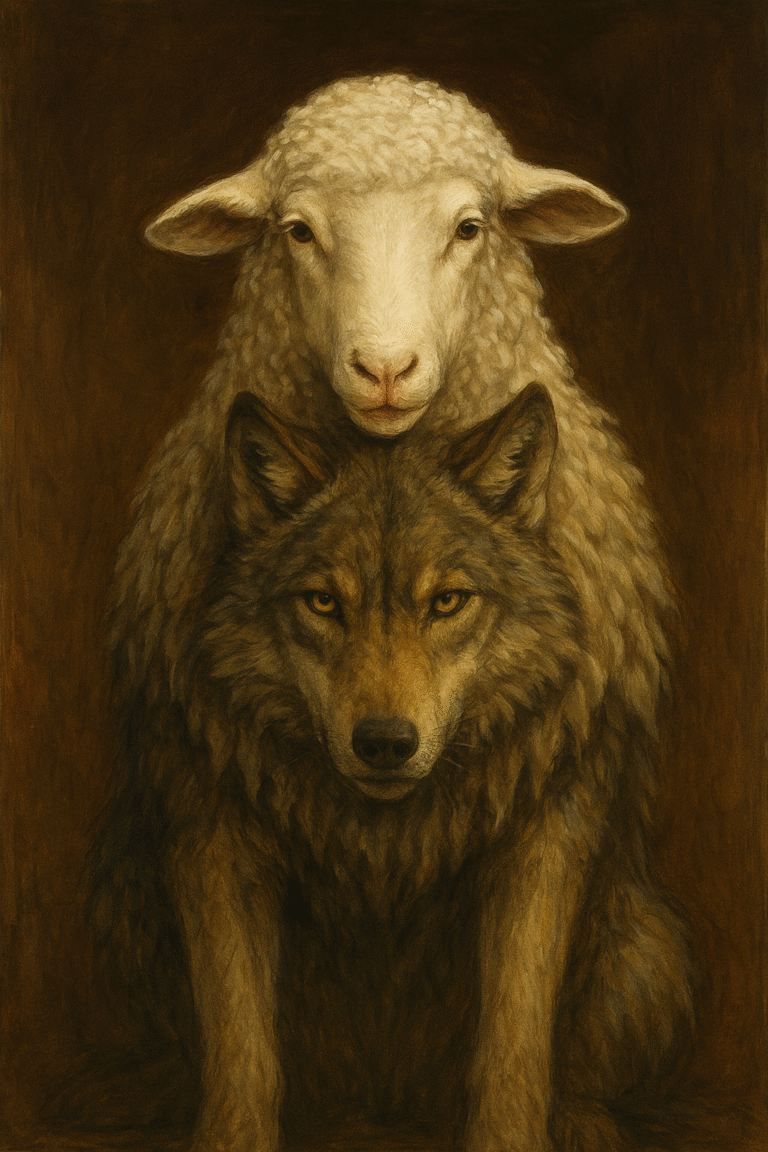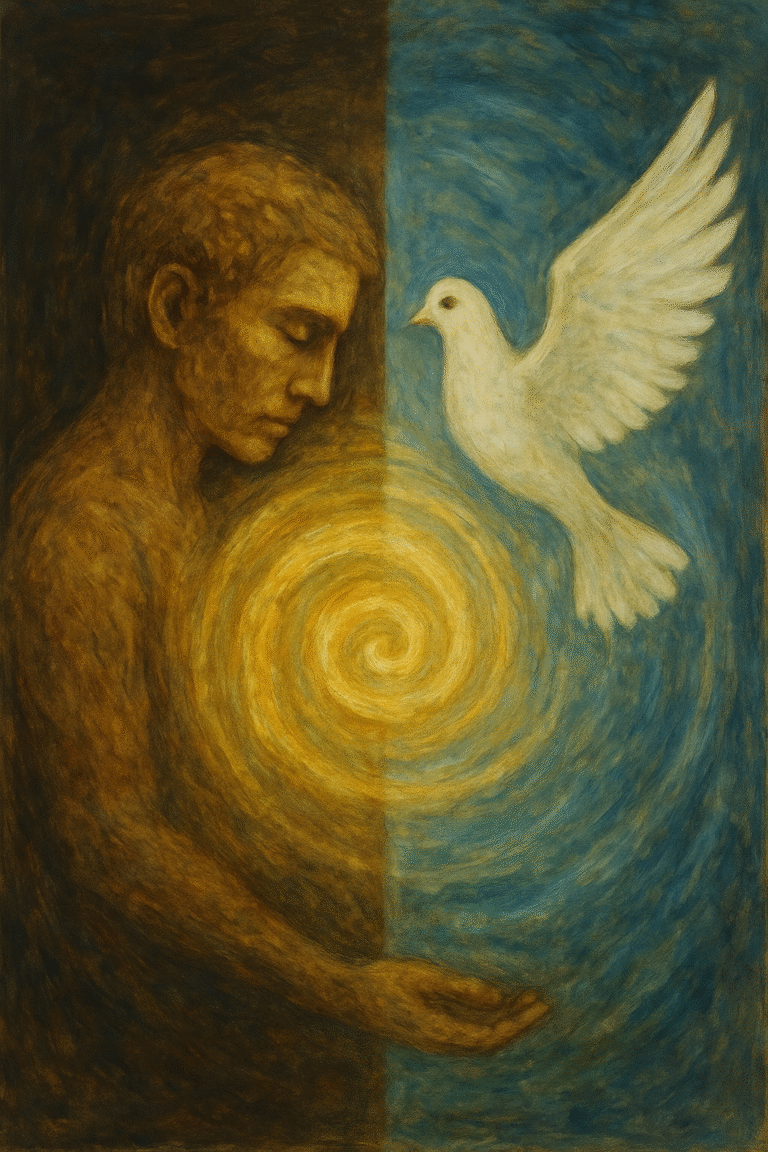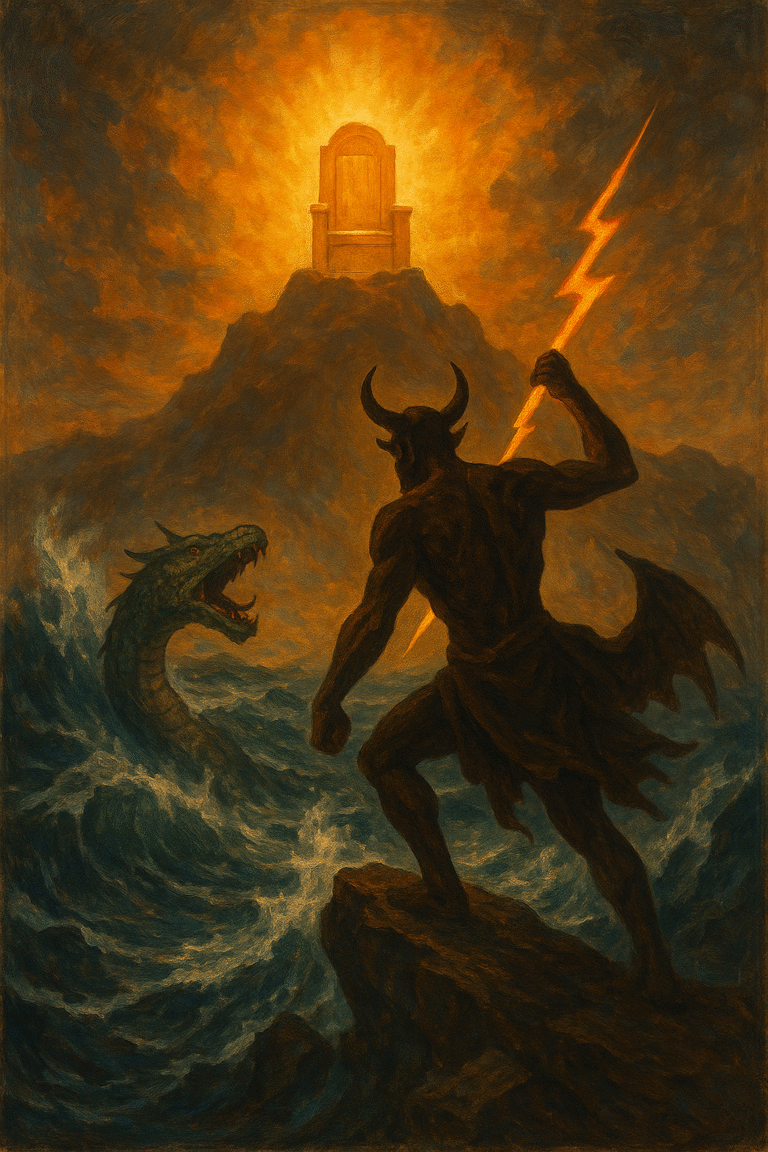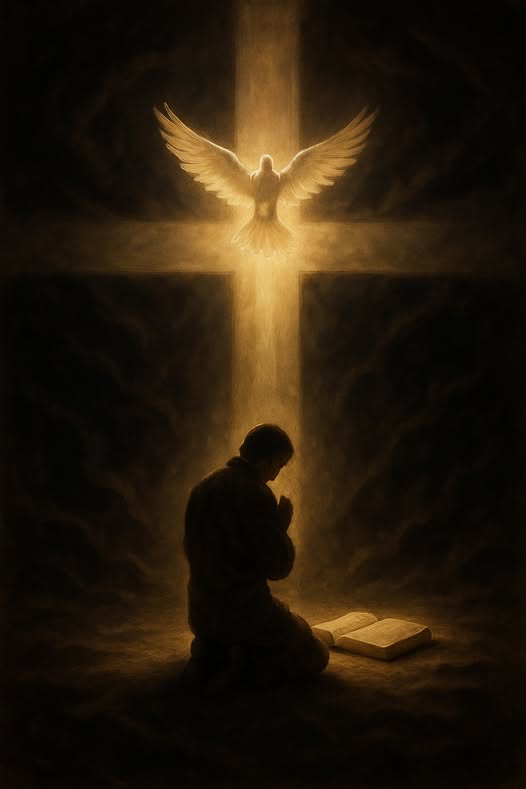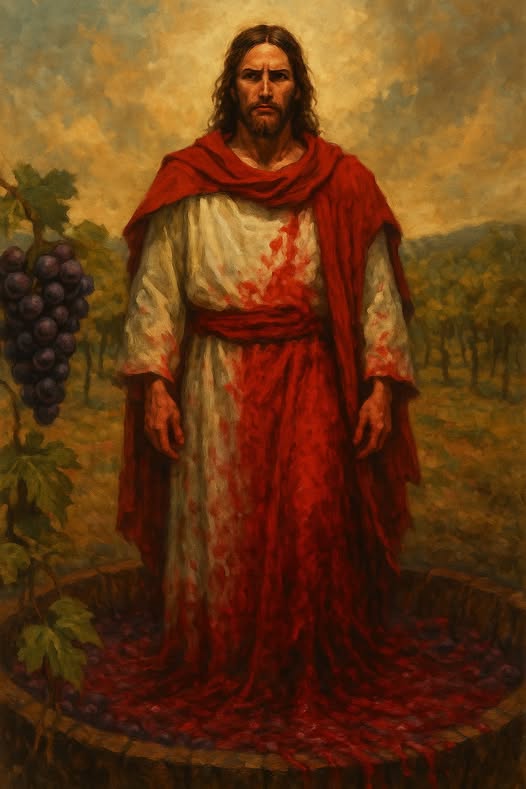
The imagery of “grapes of wrath” and Christ’s robes dipped in blood is among the most vivid and unsettling in Scripture. These symbols, found primarily in the books of Isaiah and Revelation, portray not only the fierce justice of God but also the final victory of His Kingdom over all opposition. Far from being metaphors of unchecked rage, they depict a righteous response to centuries of rebellion, oppression, and unrepentant evil. This divine judgment is not impulsive; it is the long-awaited resolution to a world marred by sin.
The Grapes of Wrath: Judgment Like a Winepress
The phrase “grapes of wrath” originates in Isaiah 63:3, where the prophet describes a figure who tramples the winepress alone, staining his garments with the juice of crushed grapes. This is no ordinary harvest. It is a depiction of judgment. The treading of grapes in the winepress becomes a metaphor for the crushing of nations who have defied Yahweh. The image is both agricultural and apocalyptic, turning the familiar process of winemaking into a symbol of divine justice.
Revelation 14:19–20 echoes this image. An angel gathers the ripe grapes of the earth and throws them into “the great winepress of the wrath of God.” The result is a flood of blood, not juice, flowing for hundreds of miles. This is not hyperbole for shock value. It is an image rooted in Old Testament prophetic tradition, now expanded to depict the final outpouring of God’s judgment on the unrepentant. When the time of harvest arrives, there will be no delay. Judgment, long withheld in mercy, will come in full.
Christ’s Red-Stained Robes: The Conquering King
In Revelation 19:13, Christ returns wearing a robe dipped in blood. This is not the blood of His own sacrifice. That offering has already been made. The blood on His garments here is that of His enemies, those who have persistently opposed His rule, harmed His people, and refused His mercy. This is the same figure from Isaiah’s vision, now revealed as the glorified Messiah.
This vision of Christ is radically different from the meek, suffering servant of His first coming. He is no longer bearing the judgment of others; He is executing it. His appearance as a warrior-king signals the final phase of His mission. He has redeemed. Now, He will restore justice. The crown of thorns has been replaced with many crowns. The Lamb has become the Lion.
His robes also signify His deep identification with those He has redeemed. He does not stand aloof from the struggle. He bears its marks. The judgment He brings is not arbitrary. It is personal, righteous, and necessary. He comes not to wound the innocent, but to crush the rebellion that has held the world hostage.
The Revolution of God’s Kingdom
What Revelation reveals is not simply a punishment for evil, but a cosmic revolution. The treading of the winepress signals the overthrow of all corrupt empires, spiritual and human alike. God’s Kingdom does not rise through human effort. It descends in power, sweeping away the systems of oppression that have defied His reign.
The wrath of God is often misunderstood. It is not uncontrolled rage. It is the settled, holy opposition to everything that corrupts, enslaves, and destroys. This wrath has been withheld through long-suffering mercy. But it will not be restrained forever. When the winepress is finally trodden, it will be the end of all that defies Him.
This revolution is not merely about destruction. It clears the way for restoration. The removal of evil is the beginning of peace. What comes next is the unshakable Kingdom of God, where righteousness dwells and justice is no longer delayed.
Conclusion
The symbols of the grapes of wrath and Christ’s blood-stained robes communicate a sobering truth: divine judgment is real, and it is coming. But they also offer hope. For those who belong to Christ, this is not a vision of terror but of triumph. The God who was patient will finally act. The judge who once died in mercy will return in justice.
These images remind us that evil will not win. In a world where injustice often goes unpunished and rebellion appears to flourish, the winepress of God assures us that righteousness will have the last word. Christ’s return marks the completion of His work. He has not only redeemed His people, He will also overthrow their oppressors and establish a world where truth and justice reign.
Discussion Questions
- How does the image of Christ’s blood-stained robes affect your understanding of His identity as both savior and judge?
- What does the winepress metaphor reveal about the nature and timing of divine judgment?
- How do these apocalyptic images challenge modern assumptions about justice, mercy, and accountability?
- In what ways does the idea of a divine revolution reshape our view of political and spiritual power in the present age?
- How might understanding these symbols give believers greater confidence in the eventual triumph of God’s Kingdom?
Want to Know More?
- G.K. Beale, The New International Commentary on the New Testament: Revelation
A deeply theological and symbolic treatment of Revelation. Beale explains the winepress and the blood-dipped robes in the context of Old Testament prophecy and eschatological fulfillment. - J. Alec Motyer, The Prophecy of Isaiah: An Introduction and Commentary
An accessible and scholarly resource that unpacks the imagery of Isaiah 63 and connects it to New Testament fulfillment in Christ. - Michael S. Heiser, The Unseen Realm: Recovering the Supernatural Worldview of the Bible
Heiser explores the spiritual backdrop of biblical events, including divine judgment and the ultimate clash between Christ and rebellious powers. - Joel Richardson, Mystery Babylon: Unlocking the Bible’s Greatest Prophetic Mystery
Richardson delves into the imagery and end-times context of Revelation, providing valuable insights into the winepress judgment and the role of Christ as avenger. - Christopher Rowland, The Open Heaven: A Study of Apocalyptic in Judaism and Early Christianity
This work provides historical context for the apocalyptic language used in Isaiah and Revelation, shedding light on the development of judgment imagery within the broader biblical canon.

